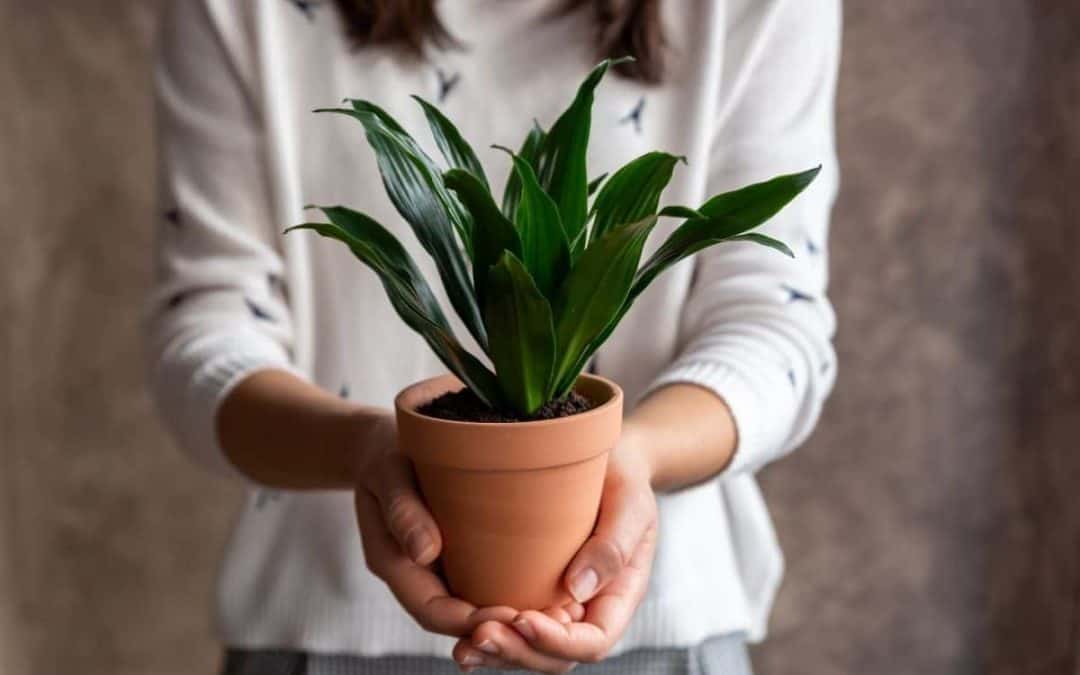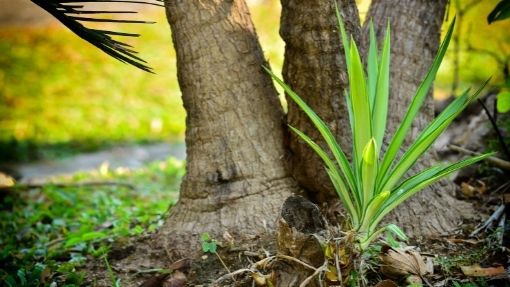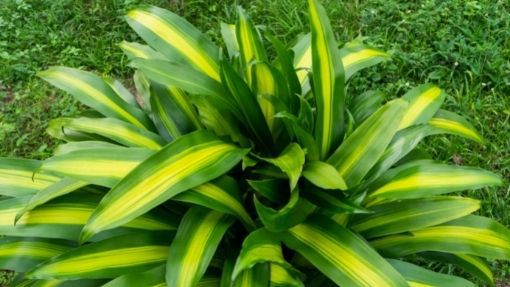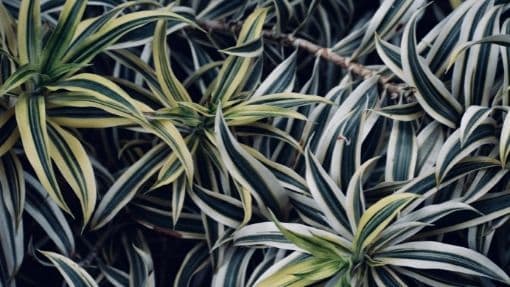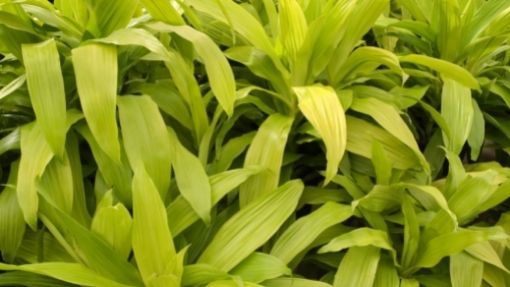The dracaena plant is a popular houseplant for many reasons. They are attractive, they require very little care, and there are over 100 species to choose from! Dracaenas can be grown outdoors in warmer climates or as annuals in cooler regions. In this blog post we will cover how to grow dracaena plants indoors and what you need to know about caring for your new houseplant.
Origin of the Dracaena Plant
The Dracaena plant is native to the tropical regions of Africa, Asia and Australia. The genus was named after a Greek goddess who could turn into a dragon-like creature with scales made out of draco meaning “dragon”.
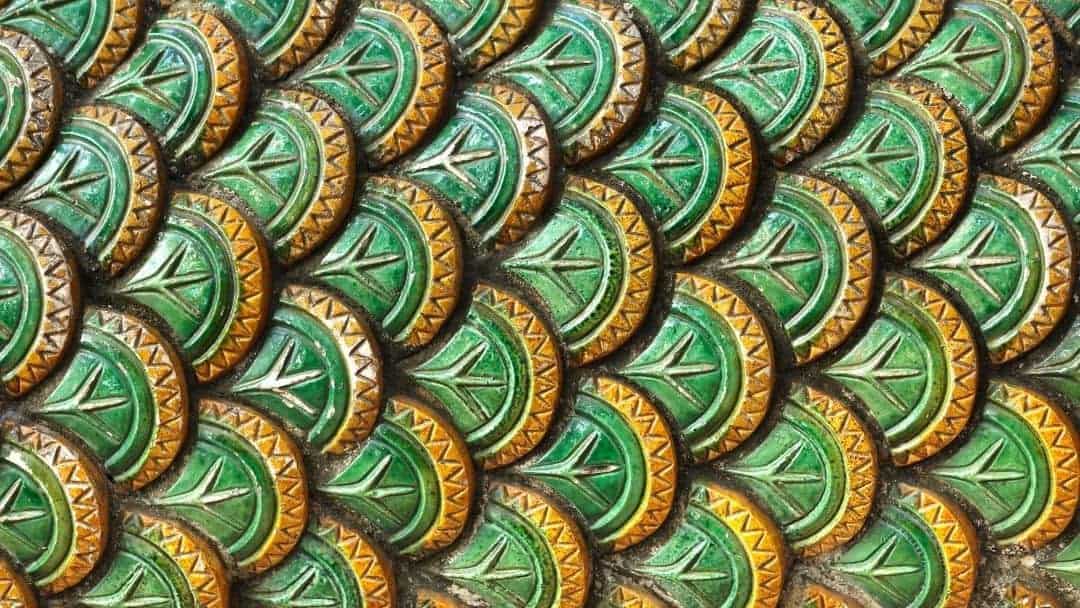
Common types of Dracaenas
You will need to choose the type of dracaena based on where you live. If it is too cold for a tropical plant outside (anywhere above USDA zone 10-11), then that means your houseplant needs to be able to grow in warm temperatures all year round and will do best indoors. The most common types seen as houseplants include:
Dracaena Marginata
This is easily the most popular houseplant variety of dracaena seen adorning desks and coffee tables alike. It is a slow-growing shrub with green and white striped leaves that grow to about two feet tall. The margins of each leaf are wavy and it definitely has the appearance of dragon scales, giving it its common name The Madagascar Dragon Tree. Click the image to the right to order your plant now.
Dracaena Massangeana
This variety is also known as the corn plant for the similar appearance of its leaves to the well-known annual crop, Dracaena Massangeana has green and white striped leaves. Click the image on the right to order your own easy to grow corn plant in a 6″ pot.
Dracaena Reflexa
This interesting dracaena is a low-growing shrub with yellowish stripes on the leaves that grow to about two feet tall. You can browse through the many offerings for this plant as well by clicking the image to the right. Commonly referred to as the Song of India plant, this one hails from the many islands of the Indian Ocean. If you keep it for many years and transplant to larger containers, dracaena reflexa can grow up to 6 foot tall.
Dracaena Limelight
True to its name, this one is definitely the subject of everyone’s attention whenever it’s present in an indoor garden. It has lime-green leaves and a gold stripe down the center. Limelight plants make the perfect centerpiece with their vibrant lime-green foliage. Order a larger specimen in a 3-gallon pot for instant air purification and the perfect new accent to your living room.
How do you care for an indoor dracaena plant?
As you might have heard, these plants are very easy to grow! You can maintain them with very little effort, but they do require you to follow some basic rules. Let’s look at water and lighting requirements for starters.
Does Dracaena need sunlight at all?
With any amount of online research about this plant, you might be wondering just how much sunlight does a dracaena need? The answer is very little since their natural habitat is under the canopy of a tropical jungle. Place your dracaena in moderately lighted areas of your home or office. Dracaenas don’t like direct sunlight and will wilt if the light is too intense for long periods of time. If this happens, move your houseplant to a more shaded area.
How often do you water a dracaena plant?
Be sure to keep your plant away from heat sources that may dry them out too quickly. You may even want to keep a spray bottle of water nearby if the humidity is low in your home or office. It’s best to use filtered or bottled spring water. If you have to use water from the tap, allow the water to air out for a day or two to reduce the chlorine content. Its best to water your plant when soil feels dry about an inch down from surface.
Fertilizing the Dracaena Plant
If you’re using a potting mix that does not contain peat moss, fertilize at least monthly spring through fall (and stop 2-3 months during winter) by mixing liquid fertilizer into water according to package directions and then gently pouring it directly into the soil. Generally, this species does not require heavy feedings and you can even get away with using smaller pots instead of large ones because these plants require less root space than other houseplants. Dracaena needs well drained soil similar to what you’ll find in a commercially prepared succulent soil mix at your local nursery.
Interesting Fact: According to NASA Your Dracaena Plant Helps Improve Indoor Air Quality!
The NASA study is a “comprehensive overview of the impact plants have on our indoor environments.” The idea that plants increase air quality in homes, offices and other buildings has been around for many years. Now there’s evidence from NASA to back up what generations have long suspected intuitively – houseplants do improve air quality.
Click Here to Order Your Clean Air Plant Pack Pictured Below
Common Pests and Diseases to Look Out For
As hearty as they are, dracaenas aren’t immune to pests and diseases. If your dracaena doesn’t seem to be thriving, take a look around the pot for signs of insects or pests and if you find any evidence- don’t waste time.
- The most common pest that affects Dracaenas is spider mites. They present as small red dots on leaves. This can cause leaf drop and reduce plant growth – so it’s important to treat them as early as possible!
- Another major problem with dracaeanas are mealy bugs which feed off the sap from the plants causing brown spots on leaves and stems among other things.
- Then there’s nothing worse than an infestation of scale! If this is what’s attacking your dracaena, there will be brown or rust colored (adult) insects on the plant. Eggs may look similar to spots of white mold on the surface of leaves.
For spider mites and mealy bugs, you can usually just wipe them off houseplants with a wet towel. Scale may require you to use soapy water or even an organic insecticide product if the issue persists.
Some Other Common Issues and Questions
Why are the tips on my Dracaena turning brown?
While some yellowing and browning is natural, it may also be a sign your plant needs more frequent watering or more humidity in the room. Check moisture levels and also make sure no new sources of light or heat were added to the environment. Yellowing as opposed to browning is more likely caused by overwatering, so be sure to test the soil before drawing any conclusions.
Should I Prune by Dracaena?
Pruning may be necessary if your plant is no longer producing new leaves or if it’s gotten too big for its current container. Prune by trimming the stem right above a set of healthy, green leaves and cut in an upward motion. Be sure to wash off your shears before and after to prevent any chance of spreading diseases your plant may have.
Interestingly enough, many people report being able to successfully propagate cuttings of dracaena in a bowl of water. If the cutting begins to root in the water, remove it and place in a pot with soil.
Where Can I Buy Dracaena Online?
If you’re looking to buy dracaena plants, local nurseries are often your best bet – or at least the most convenient and accessible option! If you’re not near a garden center that carries dracaenas, try ordering online from this link or go back to the list of species above and click through to the specific plant you’re interested in growing.

